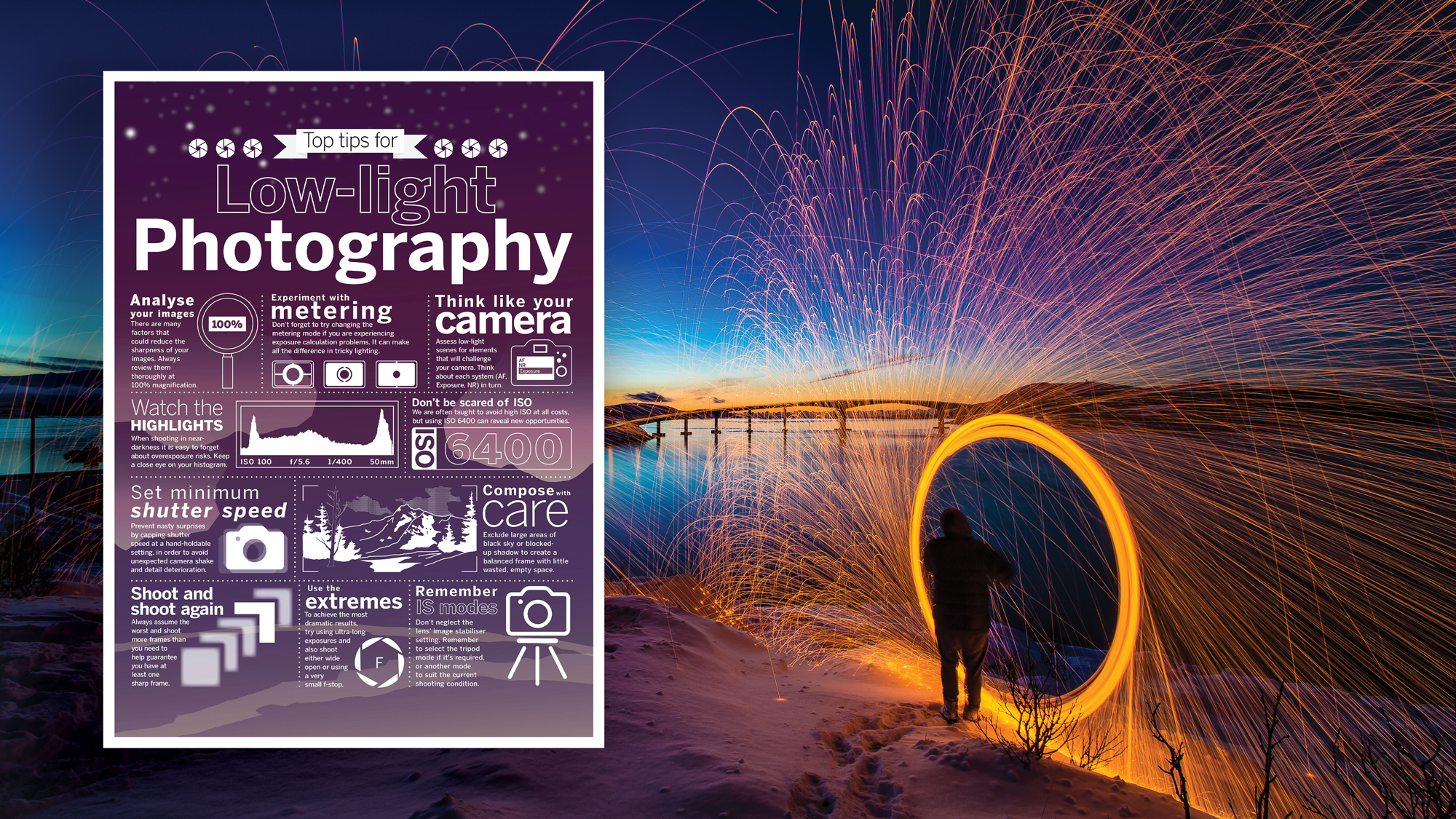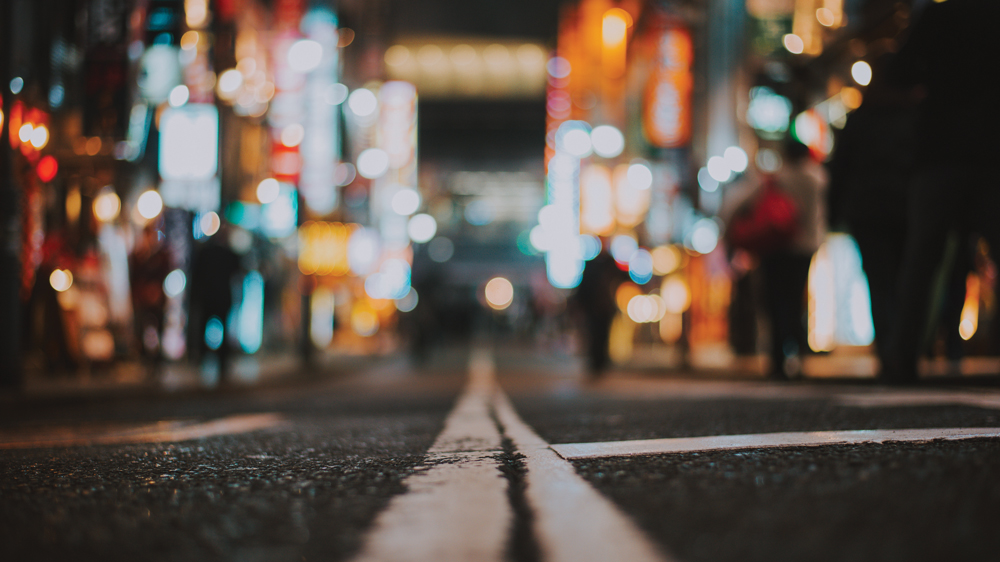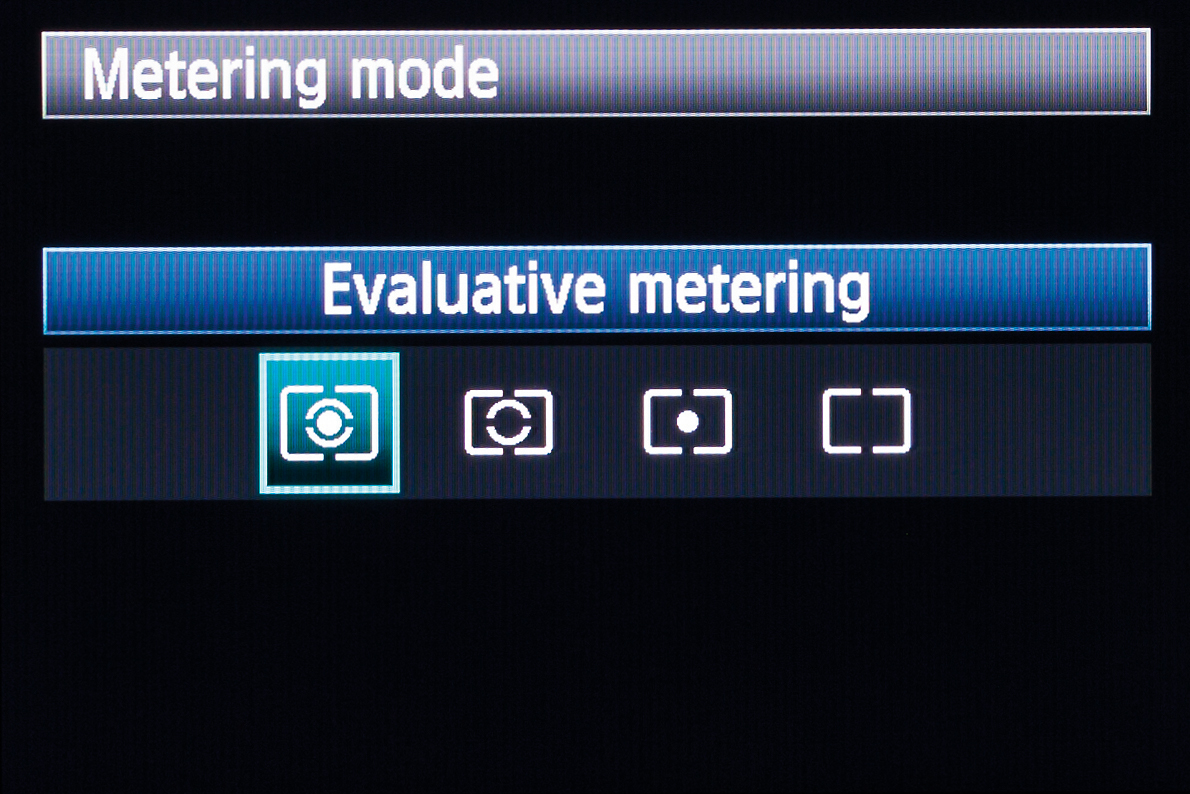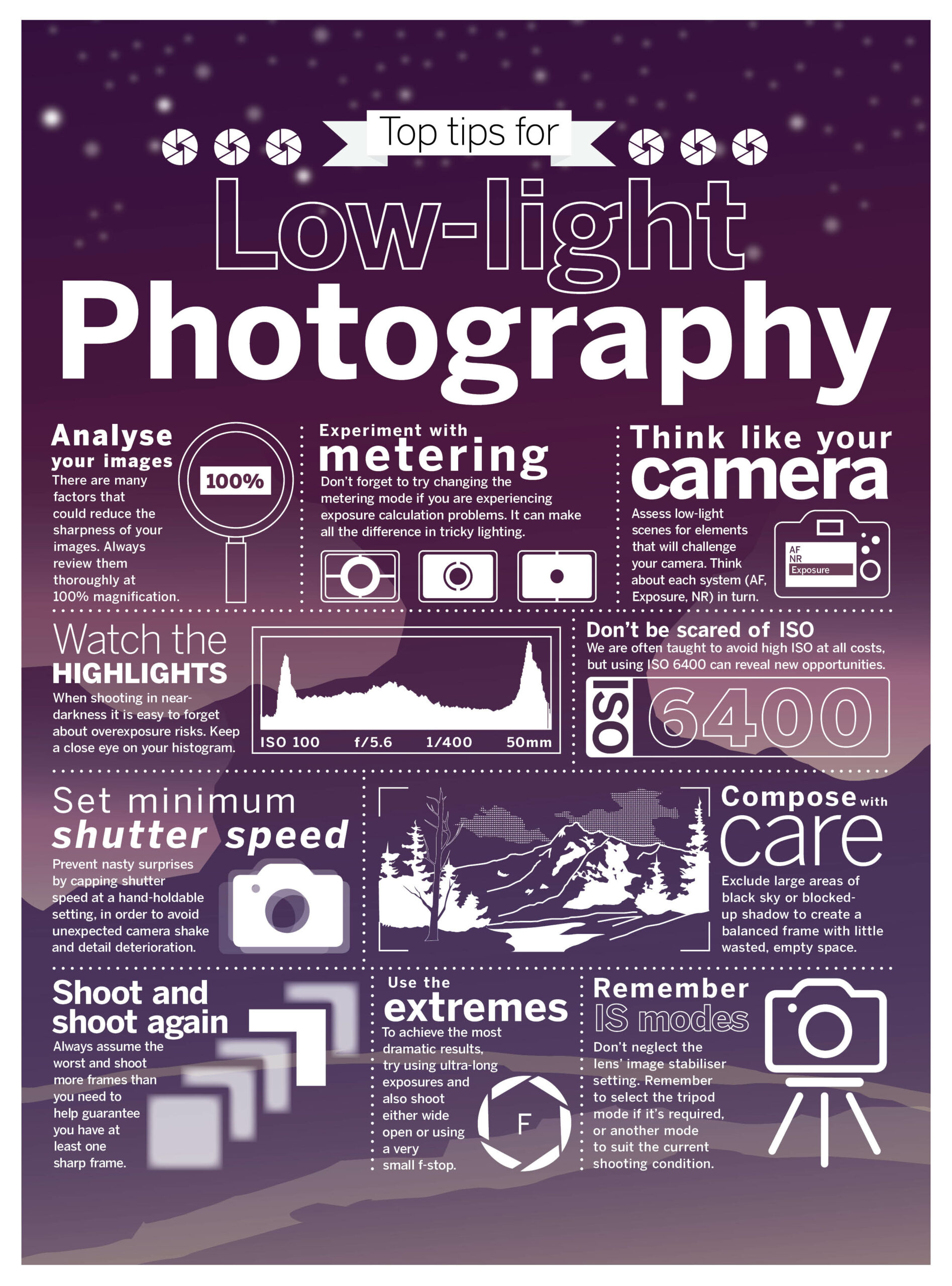Introduction
Low-light photography is a captivating genre that allows photographers to create images of unparalleled emotive power. The combination of deep shadows, directional lighting, and a strong, cool color bias can evoke a range of feelings, from unease to tranquility. What makes low-light photography truly special is its ability to produce unique image styles that are impossible to replicate at any other time of day. Unlike during daylight hours, low light conditions often result in a brighter foreground compared to the sky after sunset.
However, shooting in low-light situations can present challenges when it comes to achieving the right exposures. While modern cameras have significantly improved in their ability to capture photons and convert them into electrical signals, they still have limitations. In this article, we will explore how you can maximize your camera equipment’s potential to capture stunning photos in the hours of darkness. Additionally, we will provide a low-light photography cheat sheet at the end, offering quick and handy tips for shooting in darker scenes.
Challenges of shooting in low light
When working with low levels of ambient light, getting the correct exposures can be tricky. Many photographers make the mistake of choosing a “correct” exposure that results in images lacking the drama they remember from the scene. This is often because the exposure is too bright. The goal when capturing a dark scene is to convey its dark atmosphere while preserving digital information where necessary. By allowing the camera to choose a “correct” exposure, the scene may appear unrealistically bright, with reduced contrast that makes it challenging for the viewer to determine the time of day the photograph was taken.
A better approach is to meter the scene and then use negative exposure compensation to accurately reflect the real brightness and tonality of the photograph. This technique ensures that the image maintains the desired dark atmosphere and captures the unique qualities of low-light photography.
Which camera metering mode is best in low light?
Low light and night photography can pose a challenge to a camera’s exposure metering systems. The extreme contrast in these situations can make it difficult for the camera to read and produce an exposure that maintains detail in all areas of the image. Therefore, choosing the right camera metering mode becomes crucial to achieve optimal results.
Spot metering is an advisable choice when shooting street scenes with extreme local brightness gradients. By placing an autofocus (AF) point near a highlight, such as a street lamp, you can ensure that important information is retained in all but the brightest zones. You can then adjust the exposure compensation accordingly to capture the scene accurately.
On the other hand, partial metering is best for natural landscapes with flatter contrast. This metering mode considers a larger area of the frame, ensuring that the exposure is balanced and maintains detail both in brighter and darker areas of the image.
Low-light photography cheat sheet
For quick and handy tips on shooting in low-light situations, we have prepared a low-light photography cheat sheet. This cheat sheet offers a summary of the key points discussed in this article, providing you with a convenient reference during your low-light photography sessions. Feel free to download the image and save it to your phone’s camera roll for easy access.
Conclusion and additional resources
In conclusion, low-light photography is a captivating genre that allows photographers to create stunning images with a unique atmosphere. By understanding the challenges of shooting in low light and employing the right techniques, you can achieve remarkable results. Make use of your camera’s exposure compensation settings, choose the appropriate metering mode, and experiment with different lenses and wide apertures to capture the essence of low-light scenes.
For further guidance and resources on photography, we recommend exploring additional articles and tutorials on Digital Camera World. Their photography cheat sheets offer valuable insights, and their buying guides can help you find the best cameras and lenses for your needs.
Thank you for reading this informative article about low-light photography. We hope it has provided you with valuable knowledge and inspiration for your future low-light photography endeavors.
Remember to keep experimenting, pushing the boundaries, and capturing the enchanting beauty of low light.
The article is compiled and compiled by tipcamera.com







